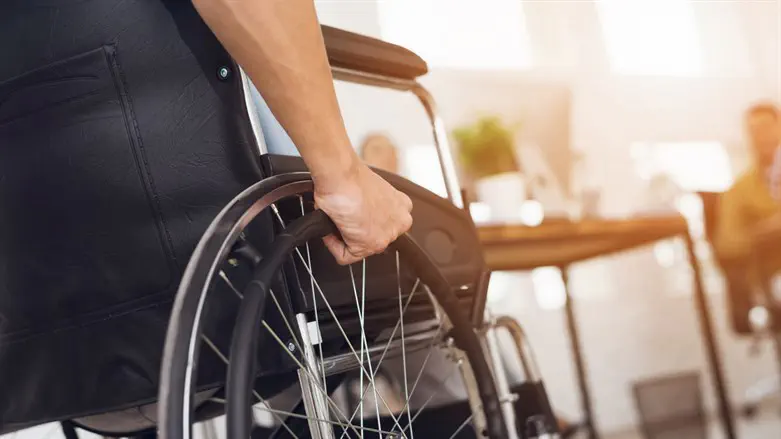
A man with paralysis is walking again with experimental spine and brain implants, over a decade after being injured.
Researchers at the Swiss Federal Institute of Technology in Lausanne, Switzerland created a “brain-spine interface” implanted in the man. The device enacts a neurological connection between the brain and spinal cord.
Brain implants track signals for movements, which are then transferred to a processing unit worn externally, similar to a backpack. The brain intentions translate into commands that the unit sends through a second implant to stimulate muscles.
The scientists published the astonishing breakthrough on Wednesday in journal Nature, describing the success with a study participant from the Netherlands, CNN reported.
Gert-Jan Oskam, 40, was in a motorcycle accident in China over a decade ago. The crash left him paralyzed, without the use of his legs and arms.
“My wish was to walk again, and I believed it was possible,” Oskam told journalists. “I tried many things before, and now I have to learn how to walk normal again, like natural, because this is how the system works.”
Oskam described being able to walk around 330 feet during a day, and the ability to stand without having to support himself with his hands for a few minutes at a time.
Previous research had found that targeted electrical pulses could be used to stimulate parts of the leg used to walk. But the new development gives smoother muscle control to the user, allowing for more natural movements that can adapt to changing environments. It works by interfacing two disparate regions of the central nervous system that were separated due to spinal cord injury, the scientists explained.
“Now, I can just do what I want, and when I decide to make a step, the stimulation will kick in,” Oskam said.
He had been implanted with stimulation devices in the past but he had to make movements to trigger their actions.
“Now, I can just do what I want, and when I decide to make a step, the stimulation will kick in,” he said.
Oskam was the study’s first participant. Researchers are hopeful about the future application of the technology.
“The concept of a digital bridge between the brain and spinal cord augurs a new era in the treatment of motor deficits due to neurological disorders,” the scientists wrote.
(Israel National News' North America desk is keeping you updated until the start of Shavuot in New York. The time posted automatically on all Israel National News articles, however, is Israeli time.)
